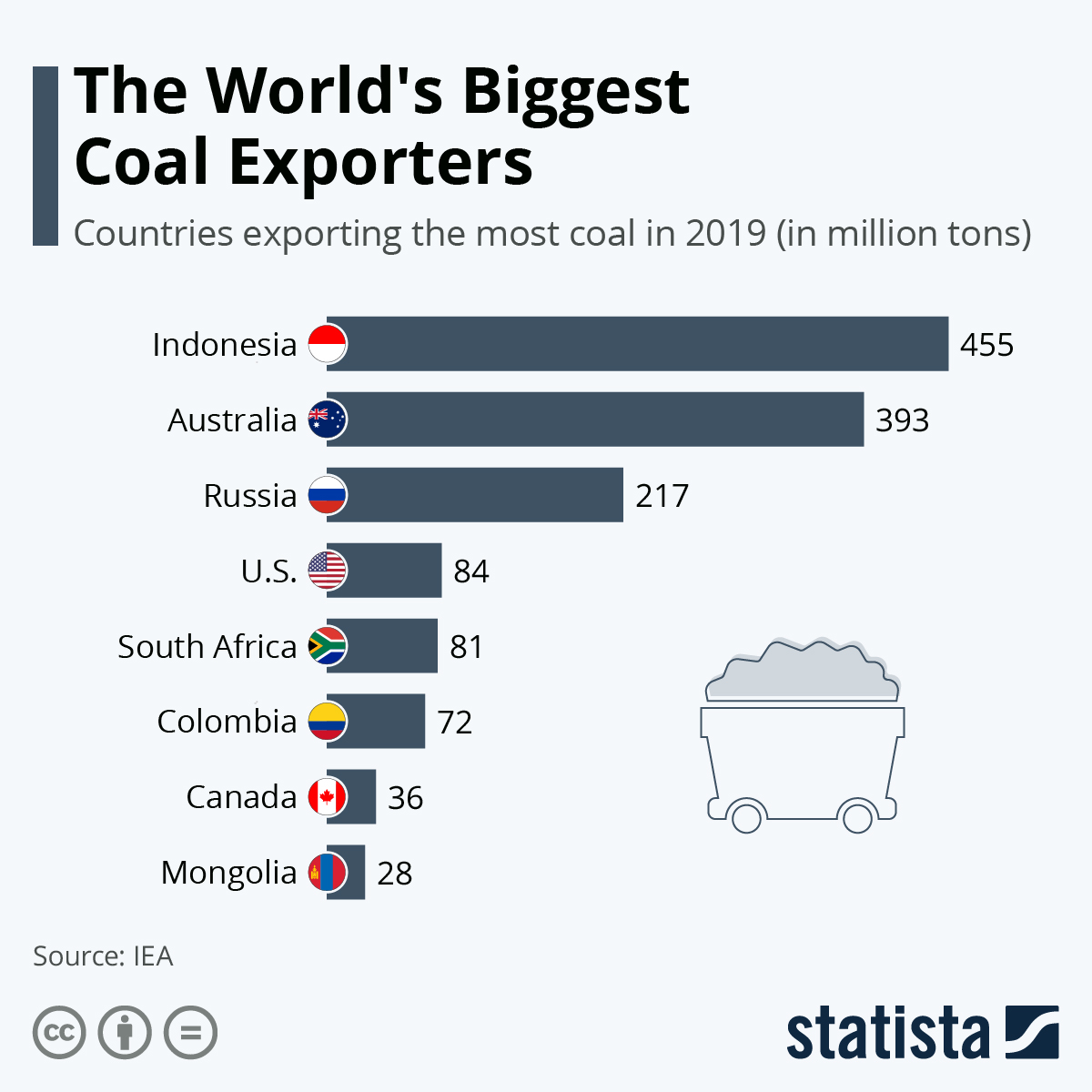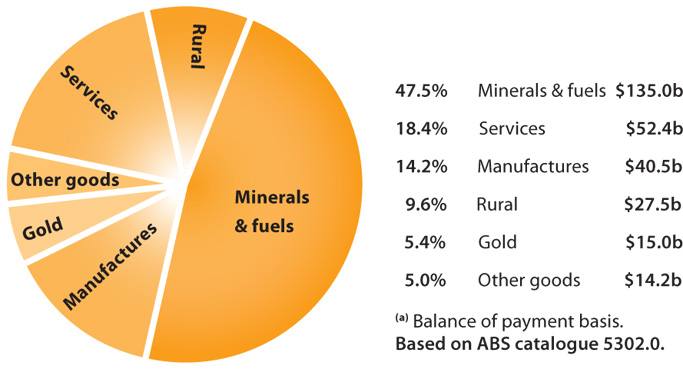
Australia’s crude birth rate has been falling consistently over recent decades, however it is still almost double its death rate, therefore Australia has the highest rate of natural increase of any large, more developed country and this is also true for overall population growth, due to high levels of net immigration.Īustralia has one of the world’s largest economies, with a GDP of 1.6 trillion U.S. Migrants from India and China respectively make up the second and third largest foreign populations in Australia, and migration from Asia in general has increased significantly in recent decades. The largest foreign population in Australia is from England, at almost one million people, largely due to the wave of migration from Britain and Ireland in the post-WWII era. For most of recent history, Sydney was the largest city in Australia, however Melbourne’s growth in recent years saw it overtake Sydney in 2020. Today, Australia is one of the most highly developed nations, ranking among the top countries in terms of human development, GDP, and freedom.Īustralia’s population is largely concentrated around the coast, especially the east and southeast, and over 86 percent of the population live in urban areas. The White Australia Policy was gradually dismantled by 1973, which resulted in increased migration from other parts of the Asia-Pacific region, and the population has almost doubled since then. In the second half of the 20 th century, Australia became one of the world’s leading industrial economies, and developed strong trading ties with its Pacific neighbors and the U.S., while maintaining its connection with its traditional partners in Europe. It fought on the side of the Allies in both World Wars, and the Second World War in particular left a lasting legacy on the country’s population, economy, and foreign policy. A dispute over whether Melbourne or Sydney should be named as the nations capital eventually resulted in a compromise, where a new city, Canberra, was purpose built for the role by 1913.Īustralia became independent in 1931 but remains a part of the British Commonwealth until this day.

Australia changed its status to a British dominion in 1901, the same year it implemented its White Australia Policy, restricting non-white migration and cementing ethnic-European dominance in Australian politics and society. The continent's mainland was claimed by the British Empire in 1826, and inward expansion in the middle of the century resulted in the discovery of abundant natural resources, such as gold, which then led to waves of migration from Asia. Europeans first made contact with the island as early as 1606, and increased colonization in the 19 th century saw ethnic Europeans become the majority, as much of the aboriginal population was wiped out through conflict, smallpox, and other diseases.


Australia has been inhabited by its aboriginal population for thousands of years, however, the majority of its population today have European ancestry. However, with a population of just 25.7 million people it is also one of the most sparsely populated. With an area of approximately 7.7 million square kilometers, Australia is the sixth largest country in the world.


 0 kommentar(er)
0 kommentar(er)
